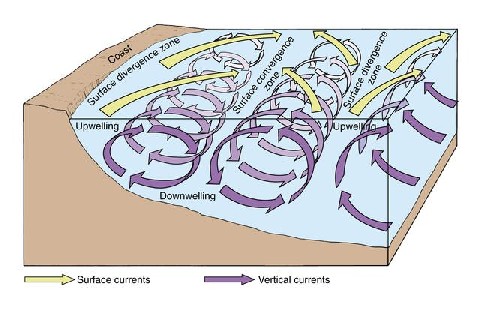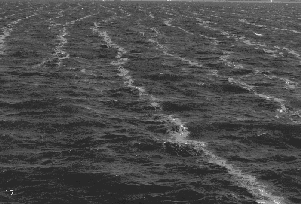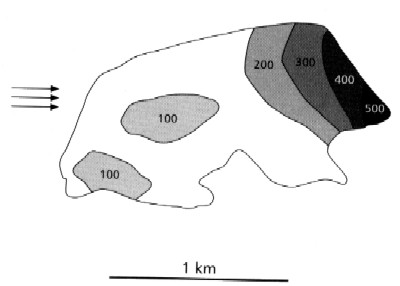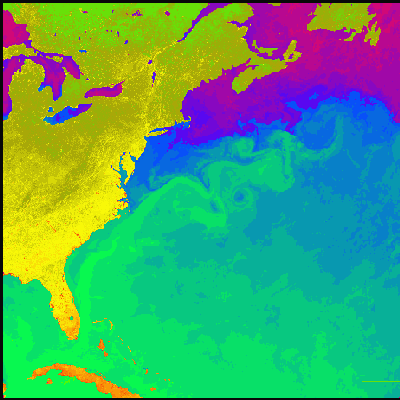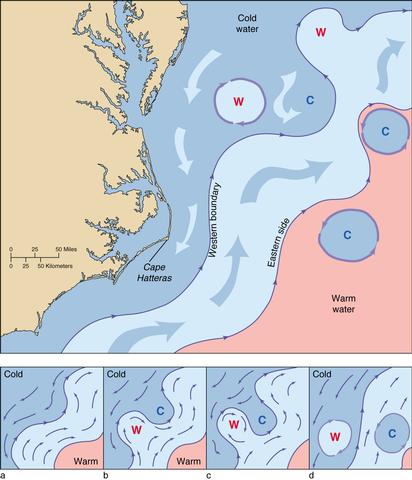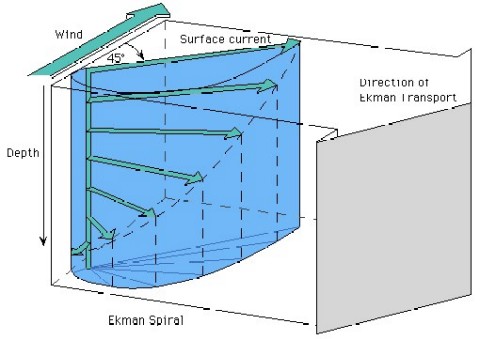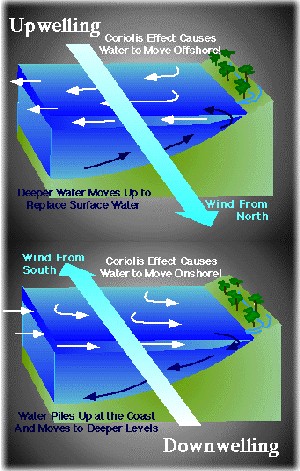- Temperature directly influences metabolic rates; rates double with 10°C temperature increase (Q10)
- Sea surface temperature:
- Tropical: 25 °C
- Subtropical: 15 °C
- Temperate: 5 °C (northern limit) 2 °C (southern limit)
- Polar: <0-2 °C or 5 °C
- Temperature also stabilizes the water column during summer and prevents phytoplankton being mixed to greater depths (less or no light!)
- Main gradient in temperature = thermocline; deep in winter, more shallow during summer, deepens in fall again
- The formation of organic matter from inorganic carbon (CO2) with light as the primary energy source
- 6 carbon dioxide + 6 water = 1 glucose + 6 oxygen
- Two reaction steps:
- (1) Light reaction: photophosphorylation: production of O2 and energy from H2O
- (2) Dark reaction: carbon fixation: CO2 to glucose
- Phytoplankton and algal photosynthesis = primary production
- Organisms that perform photosynthesis = primary producers = autotrophic = phototrophic organisms
- All phototrophic organisms possess chlorophyll a and several accessory pigments (chl. b, c, carotenoids), which serve as antenna pigments to capture light energy and transfer electrons to the photosynthetic reaction center
- Each pigment has a distinct absorption spectrum
- Photosynthesis most efficient in blue and red light, according to absorption maximum of chlorophyll (action spectrum)
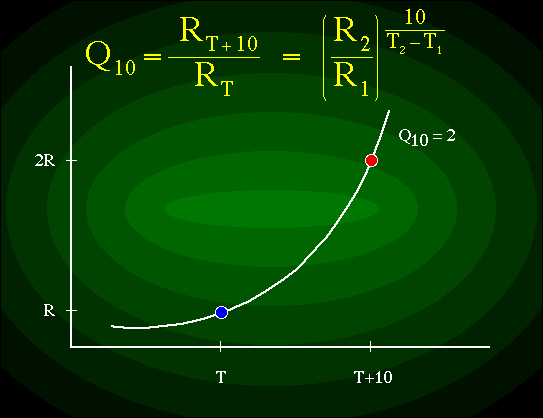
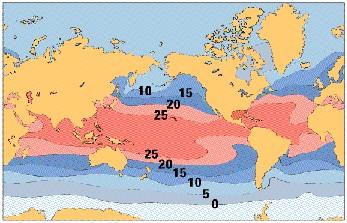
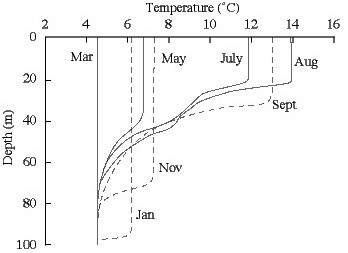
Photosynthesis
6 CO2 + 6 H20 = C6H12O6 + 6 O2
(Where does the O2 come from, H2O / CO2?)
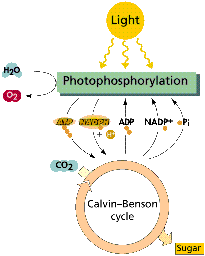
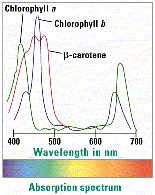
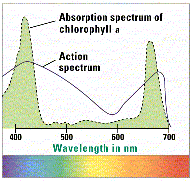

Blue light containes more energy per proton than red light
- 280 – 320 nm: UV-B
- 320 – 400 nm: UV-A
- 400 – 700 nm: PAR – Photosynthetically Active Radiation
- > 700 nm: IR (Infrared Radiation)
- Light decreases exponentially with depth
- Blue light penetrates deepest into the ocean, red light is absorbed fastest (Consequences: Live seems more ‘colorless’ with depth)
- Optical classes of water (Jerlov):
- Coastal oceans: stronger light absorption, brownish to greenish due to shift in spectral absorbance
- Open oceans: clearest water, deep euphotic zone, blue color
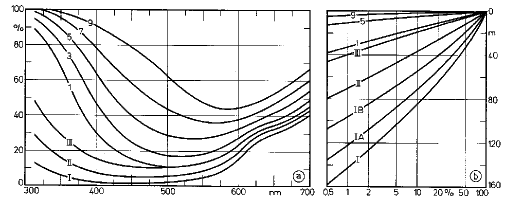
- P vs. I curves (photosynthesis versus light intensity): shows photosynthetic adaptation
- Gross production = total production; net production = gross prod. – respiration
- Compensation point: photosynthesis = respiration,
- Pmax = maximum production; depends on dark reaction (unlimited growth) or limiting resources
- Initial slope a: photosynthetic efficiency (how good is low light used), also quantum yield f = D P/DI; depends on light reaction
- Ik: summarizes key characteristics Pmax and a in one term; shade-adapted cells have lower Ik than high-light cells
- Photosynthesis
and Light
net production = 0
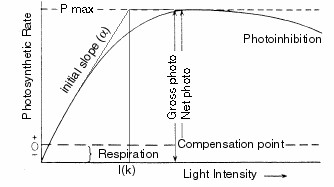
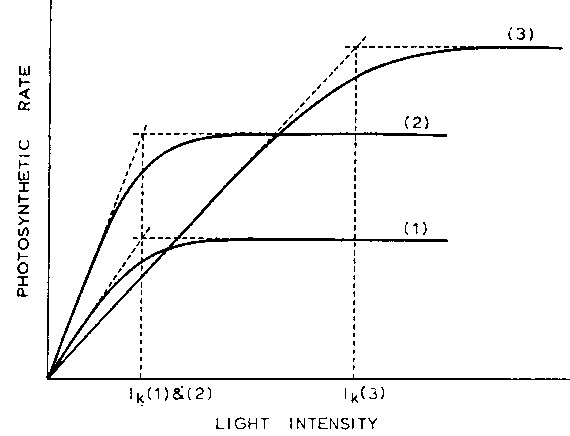
Note: Species (1) and (2) have the same Ik despite different
Pmax and a. The lower Ik
of (1) and (2) as compared to (3) reveals them as shade-adapted species.

The depth of maximum phytoplankton abundance is a compromise between
light and available nutrients; often near the thermocline
Blown with the winds: Turbulence and upwelling
- Langmuir circulation: lines of concentrations
- Wind-driven surface flows
- Eddy formation: Gulf Stream rings
- Coastal upwelling: Eckman transport
